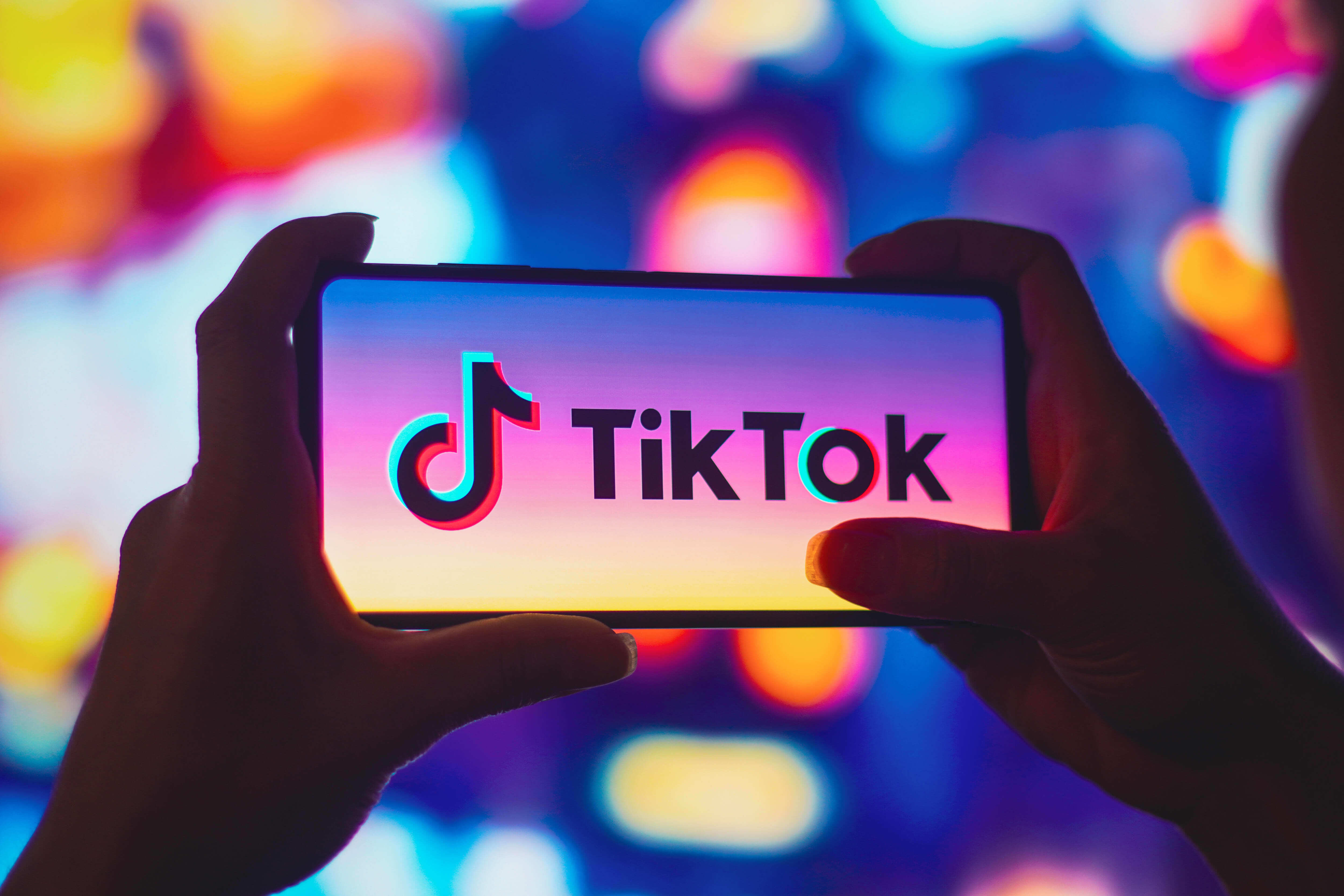TikTok Revenue Model: How the Platform Makes Money

In-App Purchases: TikTok users can buy virtual coins that are used to purchase gifts for creators during live streams. These gifts can be converted into real money by the creators, giving them an incentive to engage more deeply with their audience.
Advertising: TikTok’s primary revenue source comes from advertising. The platform offers several ad formats including in-feed ads, branded hashtags, and top-view ads, which appear when users open the app. Advertisers can target their audience based on interests, behaviors, and demographics, making TikTok an attractive platform for marketers.
Brand Partnerships: The platform also earns revenue through partnerships with brands and influencers. By collaborating with popular figures, TikTok facilitates product placements and promotional campaigns that generate income for both the platform and the partners.
In addition, TikTok leverages data analytics to refine its advertising strategies and improve user engagement, which in turn enhances its revenue potential. The platform’s ability to attract a younger demographic and maintain high engagement rates makes it a valuable asset for advertisers looking to reach this audience.
TikTok’s innovative approach to monetization, combined with its expansive user base and sophisticated advertising techniques, positions it as a significant player in the digital advertising space.



Top Comments
No Comments Yet